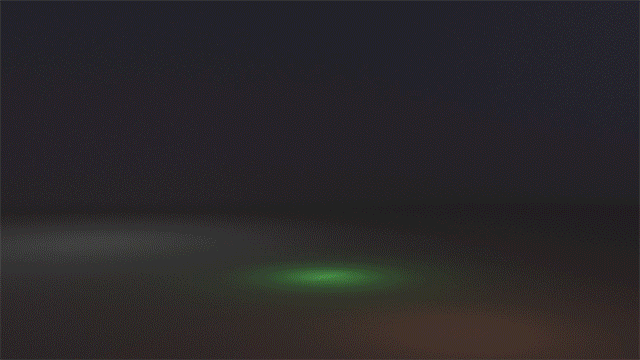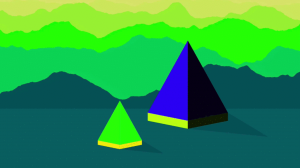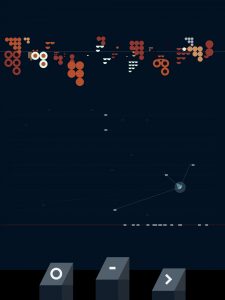sketch
/*Eunice Choe
Section E
ejchoe@andrew.cmu.edu
Project-04*/
// global variables to create curves
var spacing = 4;// spacing between the strings
var x1 = 0;
var y1 = 300;
var x2 = 400;
var y2 = 0;
function setup() {
createCanvas(400, 300);
// background(0);
}
function draw() {
// changing color of strings depending on mouseX and mouse Y position
background(255);
strokeWeight(0.2);
var r = map(mouseX, 0, width, 100, 255);
var g = map(mouseY, 0, width, 200, 255);
var b = map(mouseX, 0, height, 0, 100);
for (var i = 0; i < width; i++){
// outermost section of strings
stroke(r, g, b);
line (x1, spacing * i, spacing * i, y1); // bottom left
line (x2, spacing * i, spacing * i, y2); // top right
line (spacing * i, y1, x2, height - spacing * i); // bottom right
line(x1, height - spacing * i, spacing * i, y2); // top left
// innermost section of strings
stroke(g, r, b);
line (x1 + 100, spacing * i, spacing * i, y1 - 100); // inner bottom left
line (x2 - 100, spacing * i, spacing * i, y2 + 100); // inner top right
line (spacing * i, y1 - 100, x2 - 100, height - spacing * i); // inner bottom right
line(x1 + 100, height - spacing * i, spacing * i, y2 + 100); // inner top left
// middle section of strings
stroke(r, b, g);
line (x1 + 50, spacing * i, spacing * i, y1 - 50); // middle bottom left
line (x2 - 50, spacing * i, spacing * i, y2 + 50); // middle top right
line (spacing * i, y1 - 50, x2 - 50, height - spacing * i); // middle bottom right
line(x1 + 50, height - spacing * i, spacing * i, y2 + 50); // middle top left
}
}
For my string art project, I wanted to create a series of repeating curves overlapped on top of each other. I liked the appearance of having several thin strings that create sheer and transparent colors. I did have some difficulties figuring out how to use the for loop and coordinates, but later I realized the loop makes life much easier!

![[OLD FALL 2018] 15-104 • Introduction to Computing for Creative Practice](../../../../wp-content/uploads/2020/08/stop-banner.png)

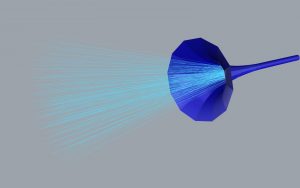
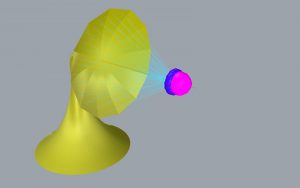 using the “Grasshopper”
using the “Grasshopper”